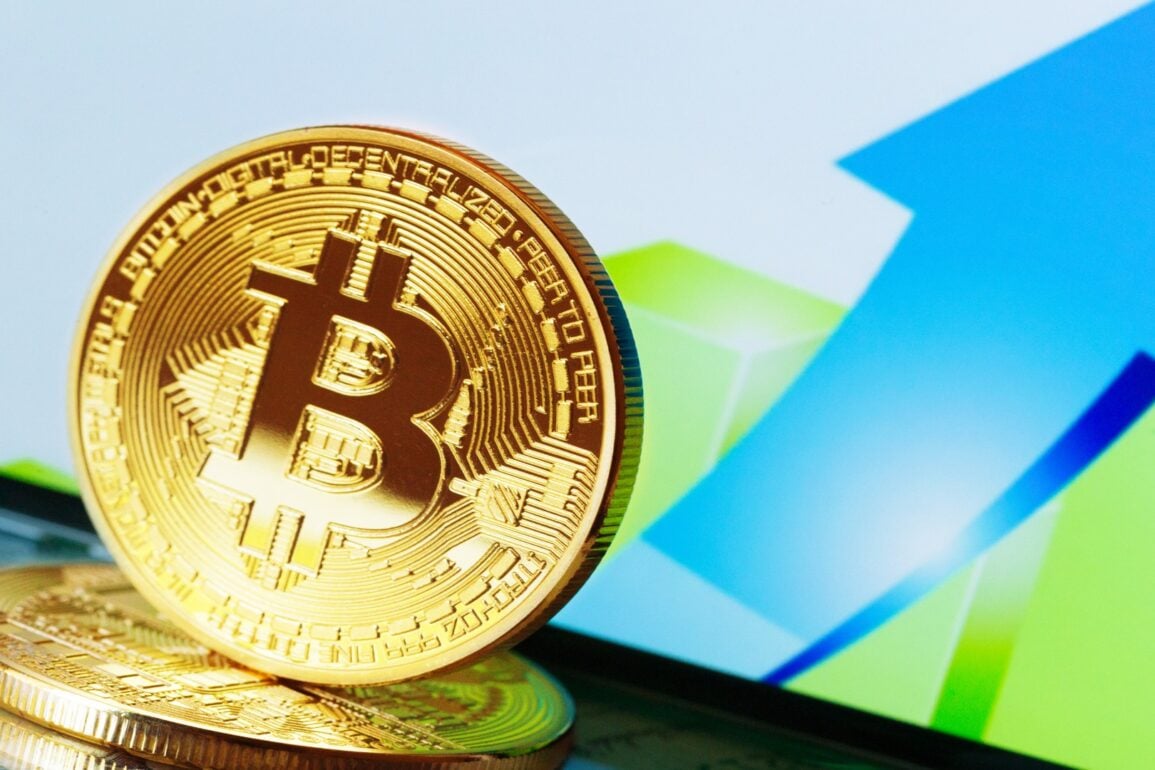- Bitcoin halving is one of the most impactful events for not only BTC, but also the broader cryptocurrency ecosystem.
- There is strong evidence that Bitcoin halving triggers significant price movement within months of the event.
- With regulatory frameworks inviting institutional investments in crypto, halving could have even greater impacts in the coming years.
Bitcoin halving is one of the most critical, predetermined events in BTC’s lifecycle. It’s built right into how Bitcoin works. Let’s break down what it is, how it works, and what it might mean for the crypto world.
What Is Bitcoin Halving?
Basically, Bitcoin halving cuts the reward that miners get for checking new blocks by 50%. Satoshi Nakamoto, the pseudonymous Bitcoin creator put this rule in place to keep things scarce. About every four years, or after every 210,000 blocks, the reward gets cut in half. Right now, the total amount of Bitcoins that can ever exist is capped at 21 million.
How Halving Influences Bitcoin’s Value
Halving lowers Bitcoin’s inflation, which changes supply and demand. Before, miners got a set amount of BTC for each block. After the 2024 event, that amount is 6.25 BTC, down from 12.5. After the halving, it’ll drop to 3.125 BTC, meaning fewer coins are available. If demand stays the same or goes up because of adoption, money coming in, or big economic changes, the lower supply could push prices up.
EY’s 2025 study points out that halving has usually gone together with price increases, as miners sell less to pay for costs, which tightens things up. But this isn’t a sure thing. Outside things like regulation or world events can change things. For investors, this makes a predictable cycle, where markets often expect the event months before it happens.
Historical Impact and Empirical Evidence
In the past, each halving was followed by a big bull run in Bitcoin’s price that lasted for months or years. This isn’t necessarily a cause-and-result thing, since outside things like regulation, adoption, and the economy also play a role, but the pattern is undeniable.
The first halving was on November 28, 2012. Bitcoin was trading at around $12 at the time. Within a year, it jumped over 8,000% to $1,000. On July 9, 2016, Bitcoin was at $658 before halving. After, it went up to almost $20,000 by December 2017, a 2,900% increase. Kaiko Research’s April 2025 report says that Ethereum also rose by over 13,000% at the same time.
A 2024 study by MDPI on the consequences of halving shows that this is true. Average cryptocurrency gains were over 500% in the 12 months after, while trading volumes on exchanges like Binance rose by 300%.
The May 11, 2020, halving happened during the pandemic, with Bitcoin at $8,601. It hit $69,000 in November 2021, a 700% increase. The market grew; DeFi tokens like Uniswap’s UNI took off, and NFTs became popular.
CoinLedger’s data shows that the total crypto market went from $250 billion to $2.9 trillion. The April 20, 2024, halving marked a maturation point, with Bitcoin at $64,500. By November 2025, it’s up about 56% to around $100,000, modest compared to predecessors.
Potential Future Effects of Halving
Looking ahead, the halving’s impact could be bigger as more people adopt it and regulations become clearer. VanEck’s April 2024 predictions, updated in late 2025, forecast Bitcoin reaching $150,000–$200,000 by mid-2026, driven by post-halving supply shocks and halving-induced mining consolidation that favors efficient players.
The next halving is expected to happen around 2028, which will cut the payout to 1.5625 BTC. The scarcity narrative, on the other hand, will only get stronger, keeping Bitcoin at the top of the list of assets and the market’s bellwether.
Bitcoin halving is a programmed event where the reward miners receive for validating a Bitcoin block is cut in half. It happens approximately every four years, or every 210,000 blocks mined, to control supply.
Historically, the excitement and rise in the price of BTC after the halving has resulted in a positive sentiment in the market, which has led to more money flowing into altcoins. This is known as “altcoin season.”
It halves block rewards, pressuring less efficient miners to exit, consolidating the network. This leads to higher hash rates long-term, enhancing security.
This article was originally published on InvestingCube.com. Republishing without permission is prohibited.


